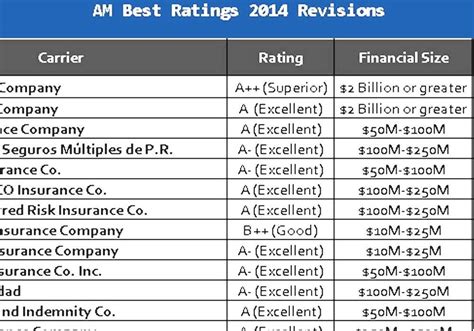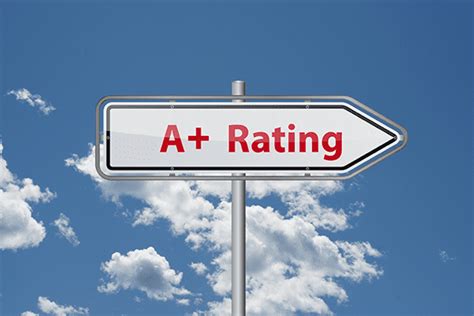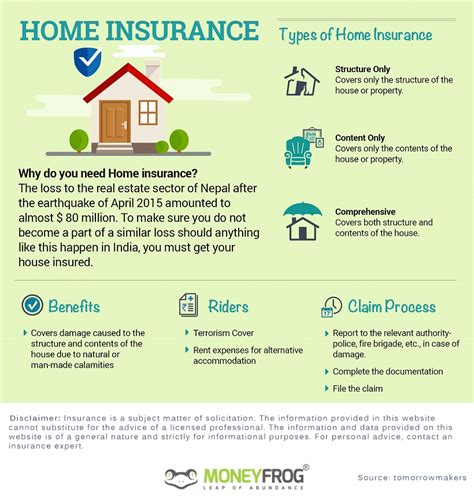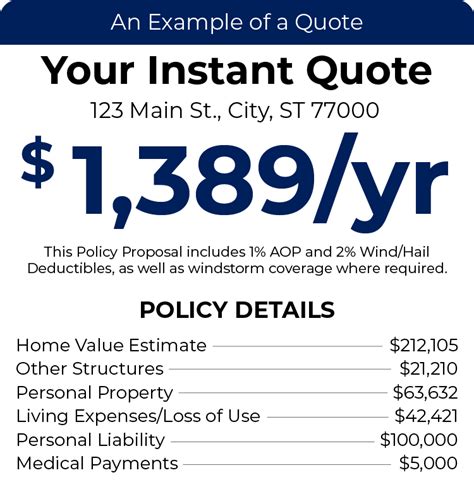A M Best Insurance Ratings

The insurance industry is a vast and complex landscape, and understanding the ratings assigned to insurance companies is crucial for both businesses and consumers. One of the most renowned rating agencies is A.M. Best, known for its comprehensive assessments of insurance companies' financial strength and creditworthiness. In this in-depth analysis, we will delve into the world of A.M. Best ratings, exploring their significance, the rating process, and how they impact the insurance market.
Unraveling the Significance of A.M. Best Ratings

A.M. Best, or A.M. Best Company, Inc., is a leading global credit rating agency specializing in the insurance industry. With a history spanning over a century, A.M. Best has established itself as a trusted authority in evaluating the financial stability and performance of insurance carriers.
The ratings assigned by A.M. Best serve as vital indicators for various stakeholders in the insurance ecosystem. Here’s why these ratings hold such importance:
1. Investor Confidence and Decision-Making
For investors, A.M. Best ratings provide a critical lens through which they can assess the risk and potential returns associated with insurance investments. These ratings offer valuable insights into an insurance company’s ability to meet its financial obligations, ensuring investors make informed choices.
2. Policyholder Protection
Policyholders, the individuals and businesses who purchase insurance policies, rely on A.M. Best ratings to assess the stability and reliability of their insurance providers. A strong rating assures policyholders that their insurer is financially sound and capable of honoring claims, providing peace of mind.
3. Industry Benchmarking
Insurance companies themselves use A.M. Best ratings as a benchmark to gauge their performance against industry peers. This comparative analysis helps insurers identify areas for improvement, develop strategic plans, and maintain a competitive edge.
4. Regulatory Oversight
Regulatory bodies and government agencies often refer to A.M. Best ratings when overseeing the insurance market. These ratings assist in monitoring the financial health of insurance companies, ensuring they meet the necessary standards to operate and protect consumers.
The A.M. Best Rating Process: A Comprehensive Evaluation

The process by which A.M. Best arrives at its ratings is rigorous and comprehensive. It involves a meticulous examination of various financial and operational aspects of insurance companies.
1. Data Collection and Analysis
A.M. Best begins by gathering extensive financial data from insurance companies, including balance sheets, income statements, and other relevant financial reports. This data is scrutinized to assess the company’s financial health, risk management practices, and overall performance.
2. Quantitative and Qualitative Assessment
The rating process employs both quantitative and qualitative methods. Quantitative analysis involves mathematical models and statistical techniques to evaluate financial ratios, profitability, and risk metrics. Qualitative assessment focuses on understanding the insurance company’s business strategy, management expertise, and market position.
3. On-Site Examinations
In certain cases, A.M. Best conducts on-site examinations to gain a deeper understanding of an insurance company’s operations. These visits allow raters to assess the company’s culture, governance, and internal controls, providing a more comprehensive view.
4. Peer Group Comparison
A.M. Best compares the performance of insurance companies within their respective peer groups. This comparative analysis helps identify strengths and weaknesses relative to industry standards, ensuring a fair and accurate rating.
5. Rating Scale and Criteria
A.M. Best utilizes a well-defined rating scale, ranging from A++ (Superior) to B- (Fair), with several intermediate categories. Each rating category is accompanied by specific criteria and guidelines, ensuring consistency and transparency.
| Rating Category | Description |
|---|---|
| A++ (Superior) | Exceptionally strong financial security rating with the highest degree of financial security. |
| A+ (Superior) | Strong financial security rating with a very strong financial security rating. |
| A (Excellent) | Strong financial security rating with a strong financial security rating. |
| A- (Excellent) | Excellent financial security rating with some level of financial security. |
| B++ (Good) | Good financial security rating with some positive aspects. |
| B+ (Good) | Good financial security rating, but with some vulnerabilities. |
| B (Fair) | Adequate financial security rating, but with significant vulnerabilities. |
| B- (Fair) | Financial security rating with significant concerns. |
| C++ (Marginal) | Marginal financial security rating with high risk. |
| C+ (Marginal) | Marginal financial security rating with high risk and some positive aspects. |
| C (Marginal) | Marginal financial security rating with significant concerns and high risk. |
| C- (Marginal) | Marginal financial security rating with high risk and limited financial flexibility. |
| D (Weak) | Very weak financial security rating with a high risk of default. |
| E (Under Regulatory Supervision) | Rating assigned when a company is under regulatory supervision due to financial distress. |
| F (In Liquidation) | Rating assigned when a company is in the process of liquidation. |
| T (In Receivership) | Rating assigned when a company is in receivership. |
| R (Restricted) | Rating assigned when a company has restrictions on its ability to transact new business. |

The Impact of A.M. Best Ratings on the Insurance Market
A.M. Best ratings have far-reaching implications for the insurance industry and its stakeholders. Here’s how these ratings influence the market:
1. Investor Decisions
Investors often base their investment choices on A.M. Best ratings. Companies with higher ratings attract more investment, as investors perceive them as financially stable and reliable. This influx of capital can drive growth and expansion for these insurers.
2. Consumer Trust and Choice
Policyholders are more likely to choose insurance companies with strong A.M. Best ratings. A high rating indicates that the insurer is likely to honor its commitments, providing consumers with confidence and security.
3. Competitive Advantage
Insurance companies with superior ratings gain a competitive edge in the market. They can attract top talent, negotiate better terms with reinsurers, and potentially offer more competitive premiums to customers.
4. Regulatory Compliance and Oversight
Regulatory bodies use A.M. Best ratings as a tool to monitor and regulate the insurance industry. Companies with lower ratings may face increased scrutiny and requirements to improve their financial health.
5. Market Stability
A.M. Best ratings contribute to overall market stability by identifying financially strong and weak insurers. This helps prevent systemic risks and ensures a more robust insurance market.
The Future of A.M. Best Ratings: Evolving with the Industry
As the insurance industry continues to evolve, so too must the rating processes and criteria employed by A.M. Best. The agency is committed to staying abreast of industry trends and innovations, ensuring its ratings remain relevant and accurate.
One area of focus for A.M. Best is the growing influence of technology and digital transformation in the insurance sector. The agency is exploring ways to incorporate assessments of insurers' digital strategies and their impact on financial stability.
Additionally, A.M. Best is continually refining its rating methodologies to address emerging risks and changing market dynamics. This ensures that its ratings remain a reliable guide for investors, policyholders, and regulators.
FAQ

How often does A.M. Best update its ratings for insurance companies?
+A.M. Best typically updates its ratings on an annual basis, although this can vary depending on the specific circumstances and the insurer’s performance. Some companies may receive more frequent reviews, especially if their financial health undergoes significant changes.
What happens if an insurance company’s rating is downgraded by A.M. Best?
+A downgrade in rating can have significant implications for an insurance company. It may lead to increased scrutiny from regulators, reduced investor confidence, and potentially higher costs of capital. The company may need to take corrective actions to improve its financial health and restore investor trust.
Are A.M. Best ratings the only factor investors consider when choosing insurance investments?
+While A.M. Best ratings are a crucial factor, investors also consider other aspects such as the company’s growth prospects, management team, and market position. Ratings provide a foundation for investment decisions, but investors often conduct their own due diligence to make well-informed choices.



